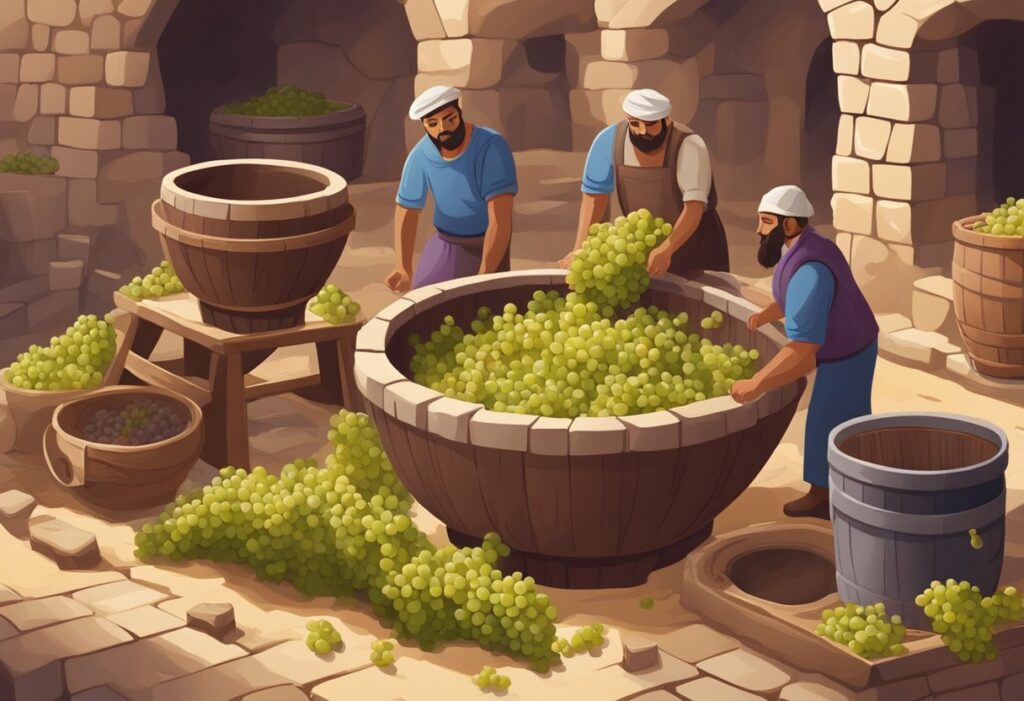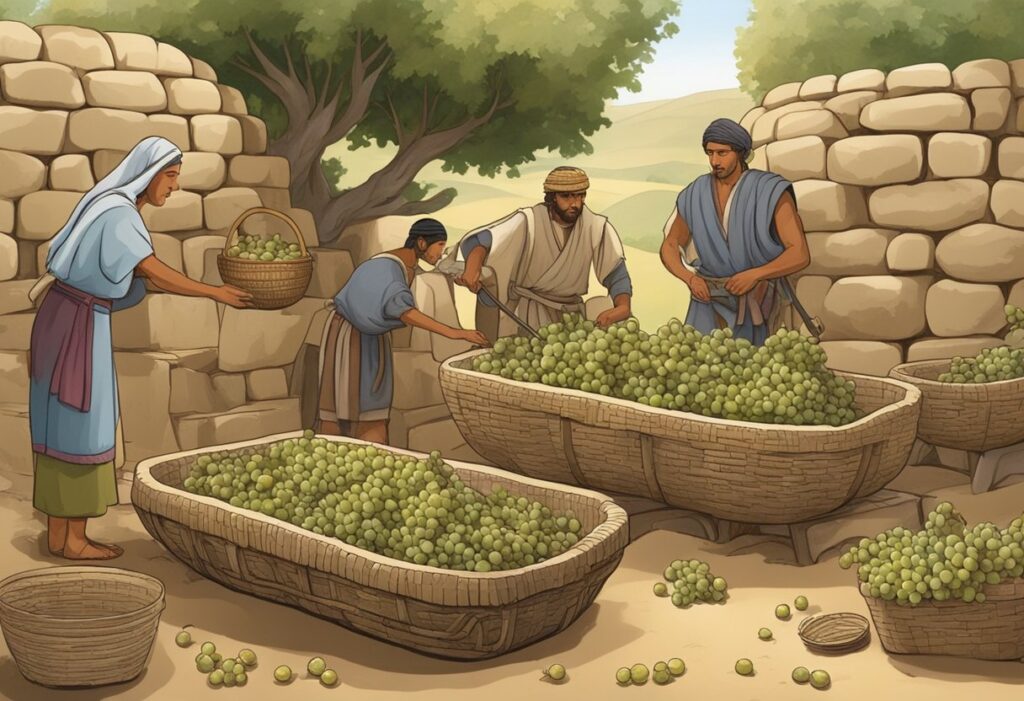Imagine yourself sipping a glass of wine that carries the essence of centuries-old stories. Wine’s journey through time is filled with captivating tales, from the ancient murals found in Lascaux caves to today’s intricate narratives crafted by modern authors. When you delved into these stories, each sip becomes an experience that connects you to the past.
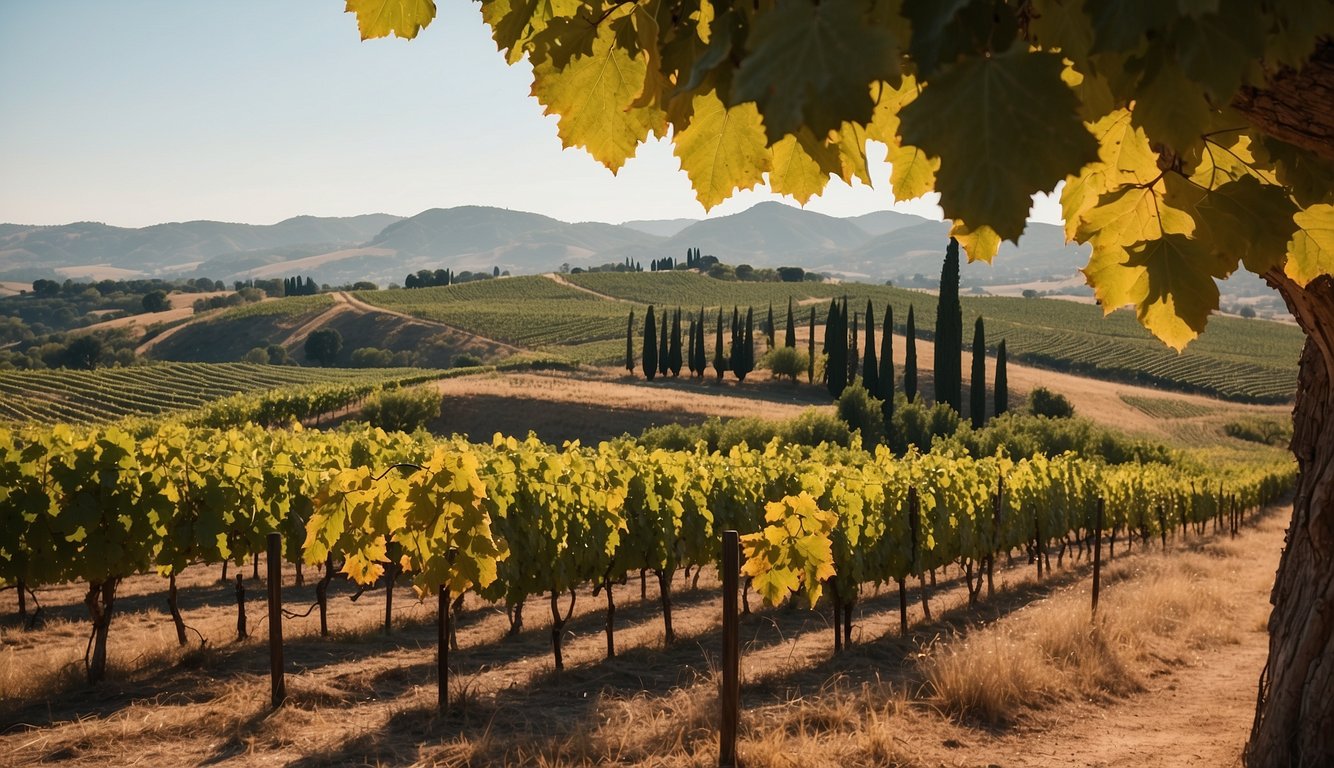
Wine has not just been a beverage but a symbol and a storyteller throughout history. Whether it’s the legacy of an iconic wine with a history of longevity and quality or a humorous account of a blind tasting in modern literature, the narrative behind the wine enriches your experience. In Roald Dahl’s tale of a high-stakes tasting, the twist at the end will leave you pondering over the label’s influence on perception.
As you explore these legendary wine stories, you will discover how these narratives shape your emotional connection to wine. From ancient storytelling traditions to the modern emotive narratives that make a quality wine memorable, each story invites you to be part of a cultural journey. So pour yourself a glass, and let’s embark on this fascinating adventure together.
Origins and Evolution of Winemaking
Winemaking has an extensive history that traces back to ancient civilizations. From its beginnings in regions like Georgia and Armenia, winemaking has evolved significantly through the ages, influenced by cultures such as the Egyptians, Greeks, and Romans.
The Birth of Winemaking in Antiquity
Winemaking is believed to have originated around 6000 BC in the mountainous regions of modern-day Georgia and Armenia. These areas are famed for producing the earliest known winemaking vessels.
In Egypt, wine was closely associated with rituals and the afterlife. It was often found in tombs and used in ceremonial practices to honor the gods.
The Greeks transported wine across the Mediterranean, spreading viticulture and winemaking knowledge to new territories. Retsina, a popular Greek wine, has ancient roots connected to the practice of sealing wine jugs with tree resin.
From Divine Rituals to Daily Indulgence
In ancient Greece, wine was linked to the god Dionysus. Festivals and religious ceremonies often involved wine consumption. This created a strong cultural connection between wine and societal traditions.
As time progressed, wine became a staple in daily life. It was not only a luxury but also a common beverage for people of various social standings.
The Romans adopted and enhanced Greek winemaking techniques. They introduced new grape varieties and spread viticulture throughout their vast empire. Roman advances in winemaking technology, such as the use of clay jars called dolia, helped elevate the quality and distribution of wine.
The Art of Winemaking and Viticulture
Viticulture, the science of grape cultivation, has been key to the development of winemaking. The Greeks and Romans made significant contributions by documenting practices such as pruning and irrigation.
Wine production in ancient times involved meticulous techniques. The Romans, known for their sophisticated winemaking, used ingredients like toasted bread and walnuts to create complex flavors. This tradition of enhancing wine’s taste continues in modern winemaking.
Today, the methods established by ancient civilizations continue to influence winemakers globally. From the early vineyards of Georgia to the sophisticated techniques of the Romans, the art and science of winemaking have traveled through centuries, shaping what you enjoy in a bottle today.
Wine in Myths and Religions
Wine has been an essential part of many myths and religious practices throughout history. It is often depicted as a divine drink, revered by gods and demons, and holds a sacred role in various ceremonies.
Divine Nectar: Gods and Demons
In many ancient cultures, wine is considered the drink of the gods. In Greek mythology, Dionysus, the god of wine, is famous for his power to create joy and divine ecstasy. Stories often describe him bringing wine to humans, teaching them how to make it, and spreading its use.
In Roman mythology, Bacchus mirrors Dionysus and is also associated with wine, revelry, and madness.
In ancient Persian tales, wine appears in the tale of King Jamshid, where a bird brings grape seeds to him. When the king fermentes the grapes, he discovers wine and labels it the “divine nectar.”
Demons, on the other hand, were often believed to be kept at bay through the use of wine in rituals and offerings. This dual role highlights wine’s status as a mystical substance with the power to both enchant and protect.
Wine and Its Sacred Role in Religious Rituals
Wine holds significant importance in many religious rituals. In Christianity, wine symbolizes the blood of Christ and is consumed during Holy Communion. This practice commemorates the Last Supper and signifies unity with Jesus.
In Judaism, wine is integral to rituals like Kiddush, where it is blessed to sanctify the Sabbath and other holy days. This demonstrates wine’s sacred role in religious observance.
Wine is also used in various Hindu ceremonies, where it can be part of offerings to deities. The drink signifies life and sustainance, often poured out as an offering before being shared among participants.
Across these practices, wine’s use in religious ceremonies underscores its deep cultural and spiritual importance across history.
Technological and Cultural Milestones
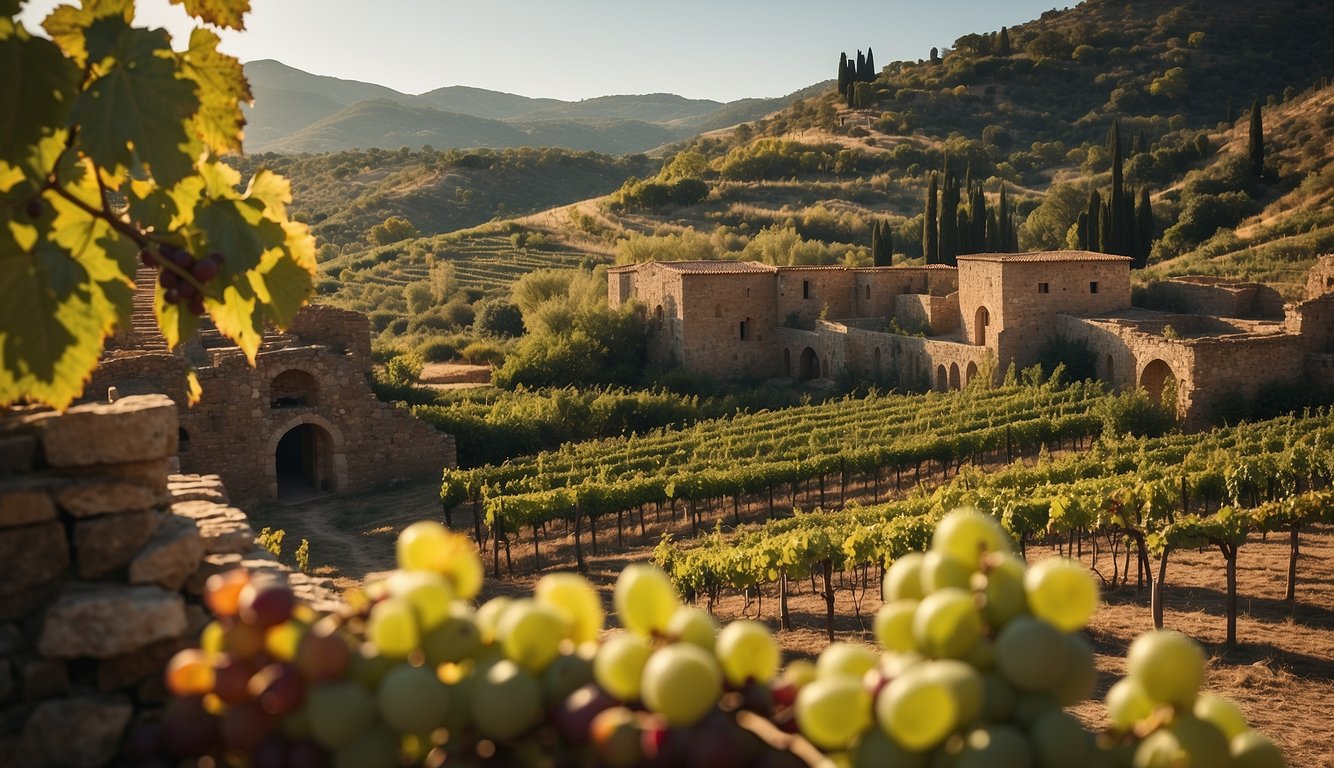
Throughout history, winemaking has undergone significant innovations and cultural transformations. From ancient techniques to scholarly advancements in the Renaissance period, these milestones have shaped how you enjoy wine today.
Innovation in Ancient Winemaking Techniques
In ancient times, winemaking was a meticulous process. You would find that early civilizations, such as the Egyptians and Greeks, developed sophisticated methods. They used large, open-top fermentation vats and employed stone treaders to crush grapes.
The Romans elevated winemaking with improvements in viticulture. They designed amphorae for storage and transport. Roman viticulturists also introduced trellising systems to support vine growth, ensuring healthier plants and better grape yields. Irrigation techniques further enhanced grape production.
Fermentation in ancient wineries often took place underground to maintain a consistent temperature. They also modified the acidity and sweetness of the wine by adding ingredients like honey or resin. These early innovations laid the foundation for modern winemaking.
The Renaissance of Wine: Monasteries and Scholars
During the Renaissance, wine saw a revival within monasteries and among scholars. Monks played a crucial role in preserving and refining winemaking techniques. They meticulously recorded data on grape varieties, soil types, and climate conditions. This methodical approach led to more consistent and higher-quality wines.
You would be impressed by how monasteries across Europe developed distinct winemaking practices. Monks introduced innovations such as barrel aging, which improved the flavor and longevity of wine. They also emphasized cleanliness in the winemaking process, reducing contamination.
Scholars of the Renaissance applied scientific principles to viticulture. They utilized satellite images and geographic studies to map out the best regions for grape cultivation. This period marked a shift towards a more analytical approach to farming and winemaking, benefiting you with richer and more diverse wines.
Geological and Environmental Influences
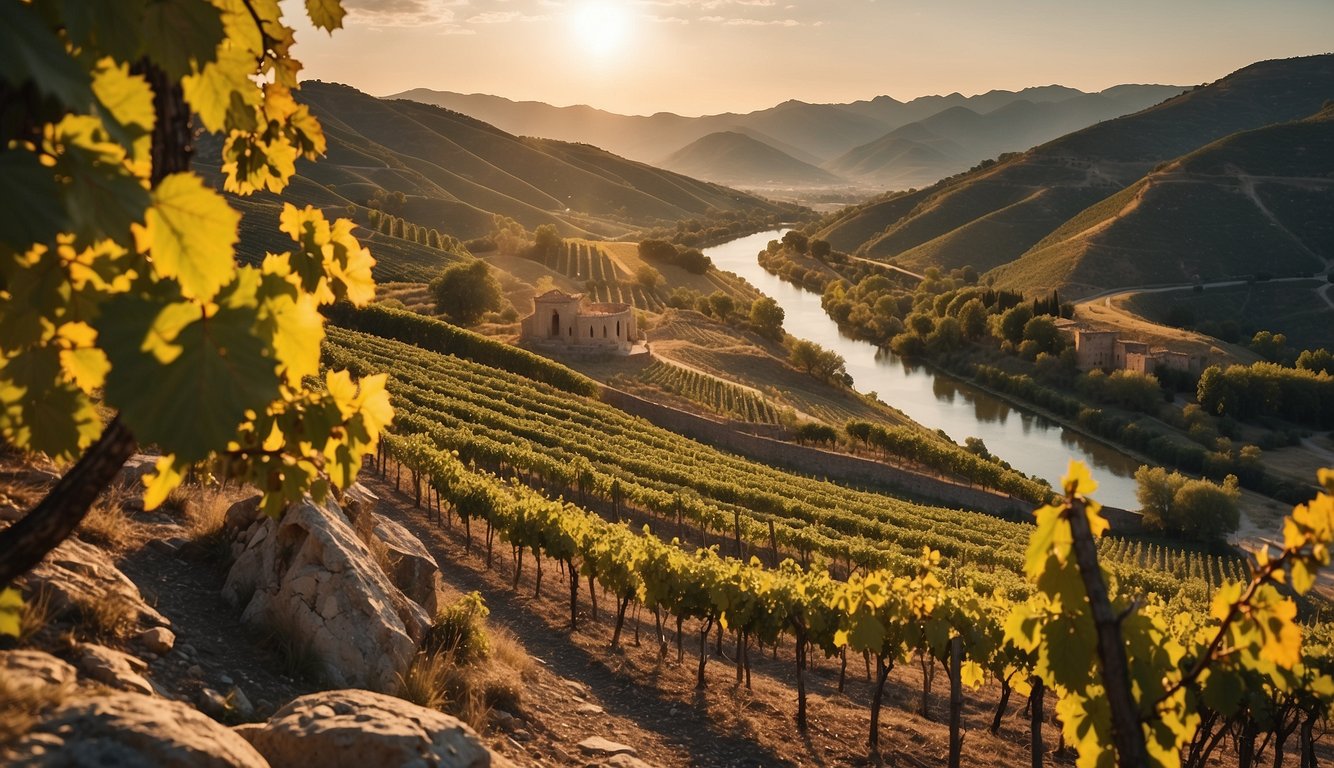
Geology and climate play vital roles in wine production, influencing the characteristics of wines throughout history. Understanding these factors helps you appreciate the unique flavors and qualities of different wines.
The Impact of Geology on Winemaking
Geology significantly affects wine quality. The soil’s composition, including its pH, minerals, and drainage capabilities, influences grape growth. For example, volcanic soils, rich in minerals from past eruptions, can enhance the grapes’ flavor. Regions like Oregon’s Crater Lake have unique geological features described in stories of battles between mythic beings, adding a rich heritage to the wine produced there.
Additionally, the presence of underground water sources shaped by ancient earthquakes can provide natural irrigation, benefiting vineyards. Stones and rocks in the soil can also retain heat, aiding ripening by maintaining a steady temperature. Geology thus provides a unique combination of resources that can make wines distinct.
Climate’s Role in Shaping Wine Profiles
Temperature and climate are critical in determining the type and quality of wine. Warm climates increase carbon dioxide absorption by the plants, leading to higher sugar content in grapes, resulting in sweeter wines. Conversely, cooler climates preserve natural acidity, leading to fresher, crisper wines.
Rainfall patterns and humidity are also crucial. Too much rain can dilute flavors, while drought can stress the vines, leading to concentrated flavors and aromas. Earth movements impacting climate over centuries have shaped regions like the Caucasus, where early evidence of winemaking was found, influencing grape varieties used even today in ancient civilizations. This delicate balance of climate factors shapes the wine profiles, making each region’s wine unique.
The Modern Wine Era: Industry and Diversity
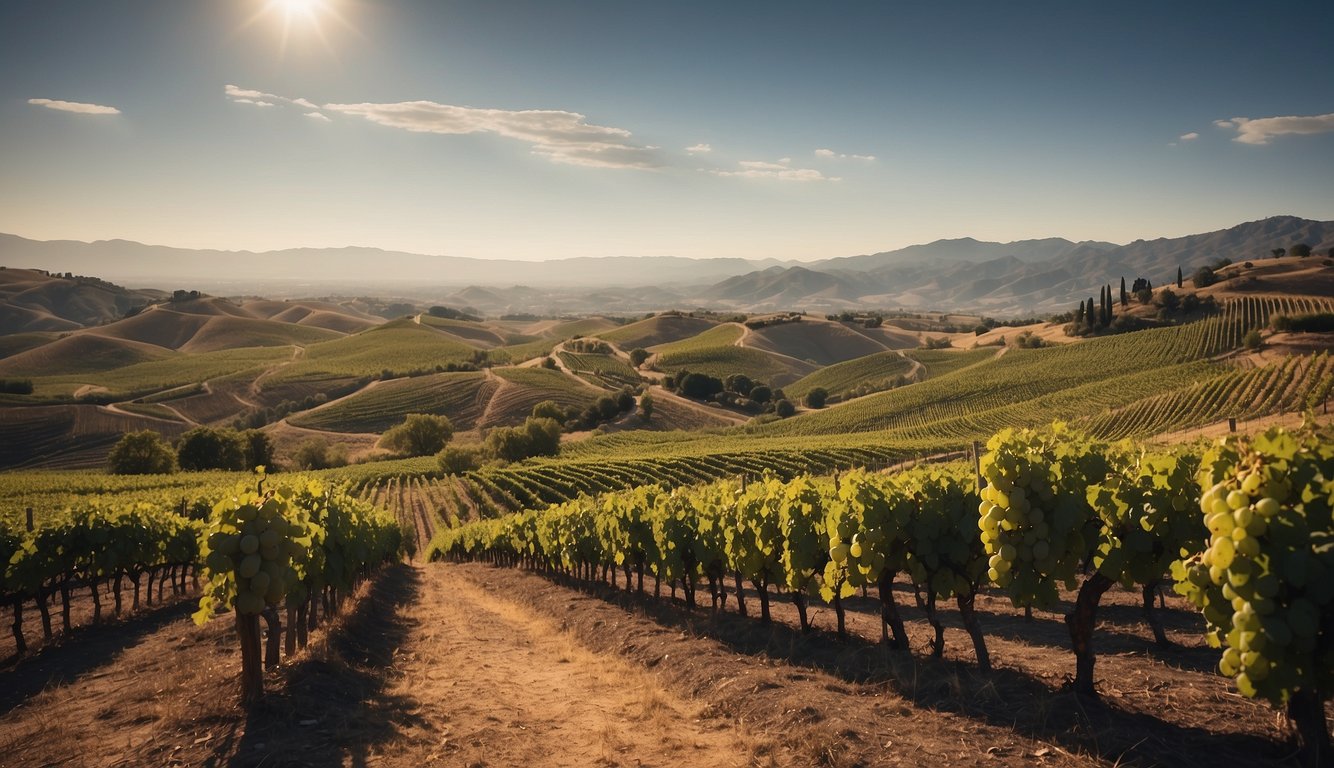
In the modern wine era, the wine industry has embraced significant changes, from introducing new wine-producing regions to catering to the evolving tastes of diverse consumers worldwide. Winemakers have explored innovative methods, resulting in a richer and more varied palette of wines.
Expansion and Change: New World, New Tastes
Expansion into new regions has transformed the industry. While Europe remains a key producer, countries in the Americas and Australasia have become influential players. For instance, California and Australia now produce some of the world’s most popular wines.
Emerging regions bring new grapes and aromas. South American countries like Chile and Argentina are known for their Malbecs and Carménères. These areas offer unique conditions that give their wines distinct flavors.
Winemakers in these new regions often balance traditional practices with innovation. They experiment with different techniques to develop unique profiles. This mélange of old and new creates a broader spectrum of flavors.
Diversity in wine production means you can find wines tailored to all sorts of preferences, from bold reds to crisp whites. This expansion has encouraged more people to explore wines from various parts of the world.
The Consumer Revolution: Engaging the Modern Palate
Consumers today have more influence over the wine they drink. Social media and the internet provide platforms where wine opinions and reviews are widely shared. This interaction shapes production from the ground up, as winemakers respond to consumer preferences.
Modern consumers appreciate authentic stories about their wines. A compelling narrative can transform a bottle of wine into an experience. Stories about the vineyard’s history or the winemaker’s journey add depth to the drinking experience. The power of storytelling has become a cornerstone in marketing wines.
Additionally, tasting experiences have diversified. Wine clubs, virtual tastings, and winery tours let you explore different flavors and learn about the cultural significance of wine. These experiences help you connect more deeply with the wines you choose.
As the industry adapts to these changes, you will likely encounter a fascinating array of wines, each offering something unique and memorable. So, from new grape varieties to engaging stories, the modern wine era is all about exploration and enjoyment.
